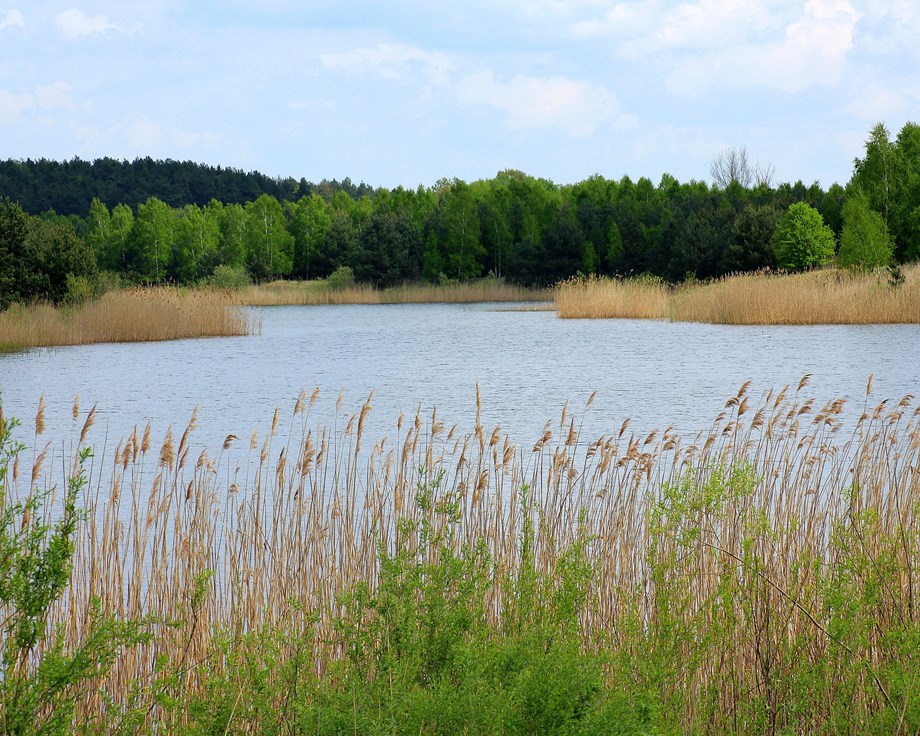Dillon & Rigler
In freshwater systems, phosphorus is usually the limiting nutrient that controls primary productivity. However, phosphorus is also an essential mineral for fish and most fish feed have phosphorus levels that are higher than required and the surplus is excreted or released to the environment as uneaten food. Thus, if production is not carefully managed, there is a risk of excess phosphorus loading to the environment which could lead to eutrophication. As part of the licensing and regulatory process there is a need to understand how fish production and waste inputs could affect the environment as this enables decision makers to decide on the allowed biomass for the site.
The Dillon & Rigler model (1975) correlates TP concentration and phytoplankton growth. This empirical mass-balance equation estimates springtime mean TP concentration from a similar perspective to the OECD model, but makes fewer assumptions regarding mixing, sedimentation, seasonal fluctuation and outflow concentrations.

